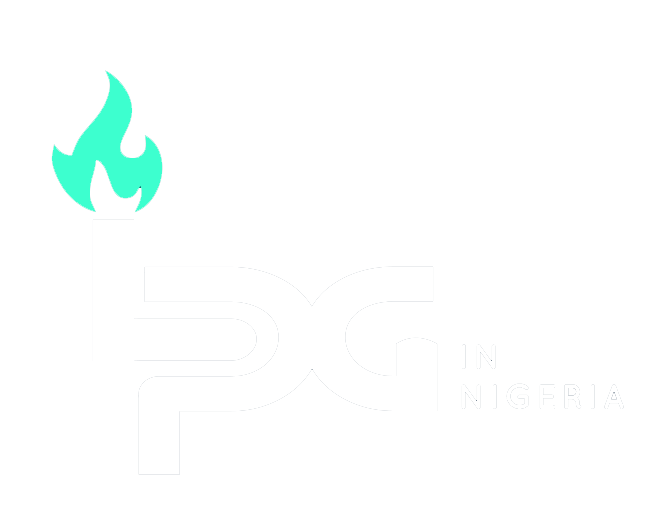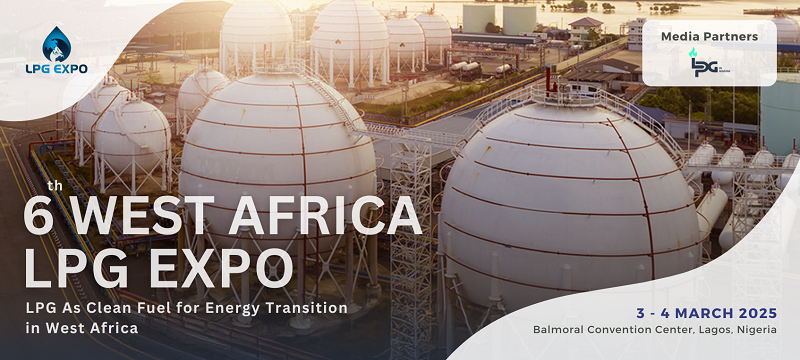- 3980
- 0
Sharing Ideas and Updates on LPG in Nigeria and related information to enable effective collaboration within the LPG Value Chain
COOKING GAS PRICES DROPPED BY 4.36% IN JANUARY 2025.

Liquefied Petroleum Gas (LPG) prices in January 2025 reveal significant variations across Nigerian states. Several factors, including proximity to supply depots, transportation costs, and local market dynamics influence these differences. As Nigeria continues its push for LPG adoption as a cleaner energy alternative, understanding these price disparities is crucial for addressing affordability and accessibility challenges. We were able to gather data from readers and followers across our social media platforms on Facebook, WhatsApp, and Twitter (X).
States Surveyed include Lagos, Ibadan, Abuja, Kogi, Kaduna, Anambra, Jos, Zamfara, etc.
Price Variations Across States
In Ogun State, the price of LPG in Ijebu East and Ijebu Ife is ₦1,350 per kilogram. This moderate price reflects the state's proximity to Lagos, which is home to major supply depots. However, internal logistics within Ogun contribute to slight price variations. Similarly, Ikorodu and other parts of Lagos State, such as Ilupeju and Ojo, record higher prices at ₦1,400 per kilogram. Lagos, being a densely populated urban center, experiences increased demand, which, combined with the operational costs of distribution in a congested environment, drives prices upward.
In contrast, Ibadan, the capital of Oyo State, records one of the lowest LPG prices at ₦1,250 per kilogram. The city's proximity to Lagos ensures efficient access to supply while benefiting from reduced logistical costs compared to Lagos itself. This pricing structure highlights the impact of transportation costs on LPG affordability.
The Federal Capital Territory, Abuja, mirrors Ogun State's price at ₦1,350 per kilogram. Abuja’s pricing reflects stable infrastructure and relatively efficient distribution channels. However, the consistent demand for clean energy in this urban area ensures that prices remain above those in less urbanized locations.
Kaduna, located in northern Nigeria, also records a price of ₦1,250 per kilogram, matching Ibadan. The competitive pricing in Kaduna suggests a well-developed local distribution system that mitigates some of the challenges associated with transporting LPG to northern regions. Conversely, Kogi State records a higher price of ₦1,400 per kilogram. This surprising increase, despite its central location, may stem from inadequate storage facilities and higher transportation costs.
Anambra State in southeastern Nigeria shows a slightly lower price of ₦1,300 per kilogram. The state’s proximity to southern ports reduces transportation costs, keeping prices competitive. Meanwhile, Jos in Plateau State offers the lowest price at ₦1,200 per kilogram. This pricing could reflect efficient local distribution networks and efforts to encourage LPG adoption in the area.
On the other hand, Zamfara State in northern Nigeria reports the highest LPG price at ₦1,450 per kilogram. As a remote state with limited infrastructure, the cost of transporting LPG over long distances contributes significantly to its high price. The disparity between Zamfara and other northern states like Kaduna underscores the unevenness of distribution networks within the region.
Factors Contributing to Price Disparities
Several factors account for the current LPG price variations across Nigeria. Transportation costs remain a significant contributor, particularly for states far from supply depots. Northern and remote states like Zamfara bear the brunt of these costs, which are further exacerbated by poor road infrastructure and limited storage facilities. Conversely, states closer to supply hubs, such as Lagos and Oyo, benefit from reduced logistics costs, resulting in lower prices.
Demand is another critical factor. Urban areas like Lagos and Abuja experience higher LPG prices due to the increased demand for clean cooking fuel among their dense populations. Operational costs, including those related to storage, distribution, and retail operations, also drive prices upward in these areas. In contrast, rural and semi-urban areas with lower demand often experience reduced prices, as seen in Jos.
Dangote has also caused a shift in the gas industry, with the drastic drop in prices for gas suppliers, there has been significant change in prices for end users and consumers.
Market dynamics and inefficiencies also play a role. The lack of standardized pricing mechanisms across states allows for significant variations. Additionally, insufficient government intervention in the form of subsidies or incentives for LPG adoption contributes to higher prices, particularly in regions where affordability is already a challenge.
The January 2025 LPG price analysis underscores the uneven distribution of energy resources across Nigeria. Prices range from ₦1,200 per kilogram in Jos to ₦1,450 in Zamfara, with an average of ₦1,341 per kilogram nationwide and average price for a 12.5kg cylinder: ₦16,762.50. The average price reduction from December 2024 to January 2025 is 764.5 Naira which is approximately 4.36% lesser. These disparities highlight the need for improved infrastructure, efficient transportation systems, and government policies aimed at standardizing pricing and ensuring affordability. As Nigeria seeks to promote LPG as a cleaner energy source, addressing these challenges will be critical to achieving widespread adoption and alleviating the financial burden on households.















0 Comment.